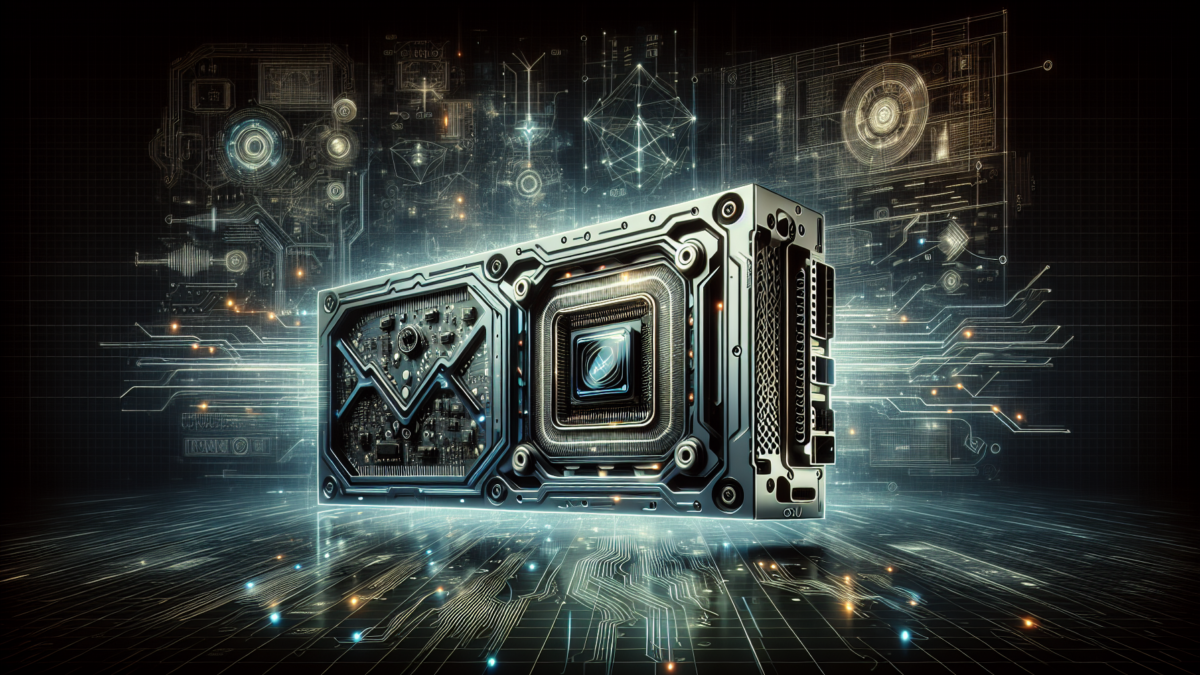Intel’s Innovative GPU Architecture Patent: A New Era in Graphic Technology
The recent submission of a patent by Intel for an **innovative GPU architecture** marks a significant shift in the landscape of graphic technology. This novel approach mirrors industry trends, focused on overcoming challenges associated with monolithic designs. **Intel’s move towards a chiplet-based GPU architecture**, like those employed by AMD, promises substantial enhancements in performance, efficiency, and manufacturing scalability.
Key Takeaways
- Intel’s new GPU patent suggests transitioning from traditional monolithic designs to modular chiplets.
- The architecture incorporates active and passive interconnects for improved data exchange.
- Future GPU designs will create System-on-a-Chip (SoC) configurations.
- The shift might tackle performance, yield, and power consumption challenges.
Transition from Monolithic Designs
Intel and AMD are steering away from large, single-die monolithic GPU designs.
These **monolithic structures** have become costly and complex to manufacture.
By moving to **smaller chiplets**, the companies can address these issues, offering a promising alternative.
Utilizing Chiplets
The chiplet-based design divides the GPU into multiple modular components.
Each **chiplet** performs specific functions like graphics computations and memory caching.
This simplifies the manufacturing process and reduces costs.
Active and Passive Interconnects
Both **active and passive interconnects** improve interactions among the chiplets.
This mechanism allows for coherent data exchange and lowers latency.
The **active cache bridge** functions as an additional memory layer to enhance efficiency.
High Bandwidth Crosslinks
**High bandwidth crosslinks** integrate these components effectively.
They ensure all chiplets maintain coherent data caches, eliminating bottlenecks.
This design element is central to achieving a seamless performance experience.
System-on-a-Chip (SoC) Approach
The chiplet composition allows the GPU to act as a **System-on-a-Chip**.
This means all different functions are housed within one unified system.
To software, it presents as a single, cohesive device, simplifying interactions.
Performance and Yield Benefits
Shifting to chiplets improves production **yields** significantly.
Traditional monolithic designs struggle with defects that chiplets evade.
These designs allow performance scaling without increasing power needs.
Factor |
Monolithic Design |
Chiplet Design |
|---|---|---|
Complexity |
High |
Low |
Cost |
Expansive |
Reduced |
Performance |
Scalable with limits |
More scalable |
Power Consumption |
Higher |
Balanced |
Future Architectures
Next-generation GPUs in AMD’s RDNA lines will likely employ these designs.
Similarly, **Intel and NVIDIA are advancing with multi-chip module (MCM) designs**.
This trajectory may redefine future graphics architectures, pushing boundaries.
Software and Hardware Challenges
Adopting chiplet-based designs is not without complications.
There are challenges in distributing workloads across multiple chiplets.
Maintaining high bandwidth in inter-chiplet communication is another **hurdle**.
FAQs
What is the significance of chiplet design in GPUs?
Chiplet design breaks the GPU into smaller sections, each with its function, allowing for easier manufacturing, costing less, and being more scalable.
How do chiplets improve GPU performance?
They enhance performance by allowing each section to specialize, reducing latency, and ensuring better connectivity without overheating or power surges.
Why is Intel moving to chiplet-based GPU architecture?
Intel’s shift seeks to address the drawbacks of monolithic designs, like manufacturing complexity, cost, and limited scalability, offering a better overall solution.
What challenges come with chiplet-based designs?
Managing distributed workloads and ensuring effective inter-chiplet communication are some of the main challenges associated with this innovative approach.





